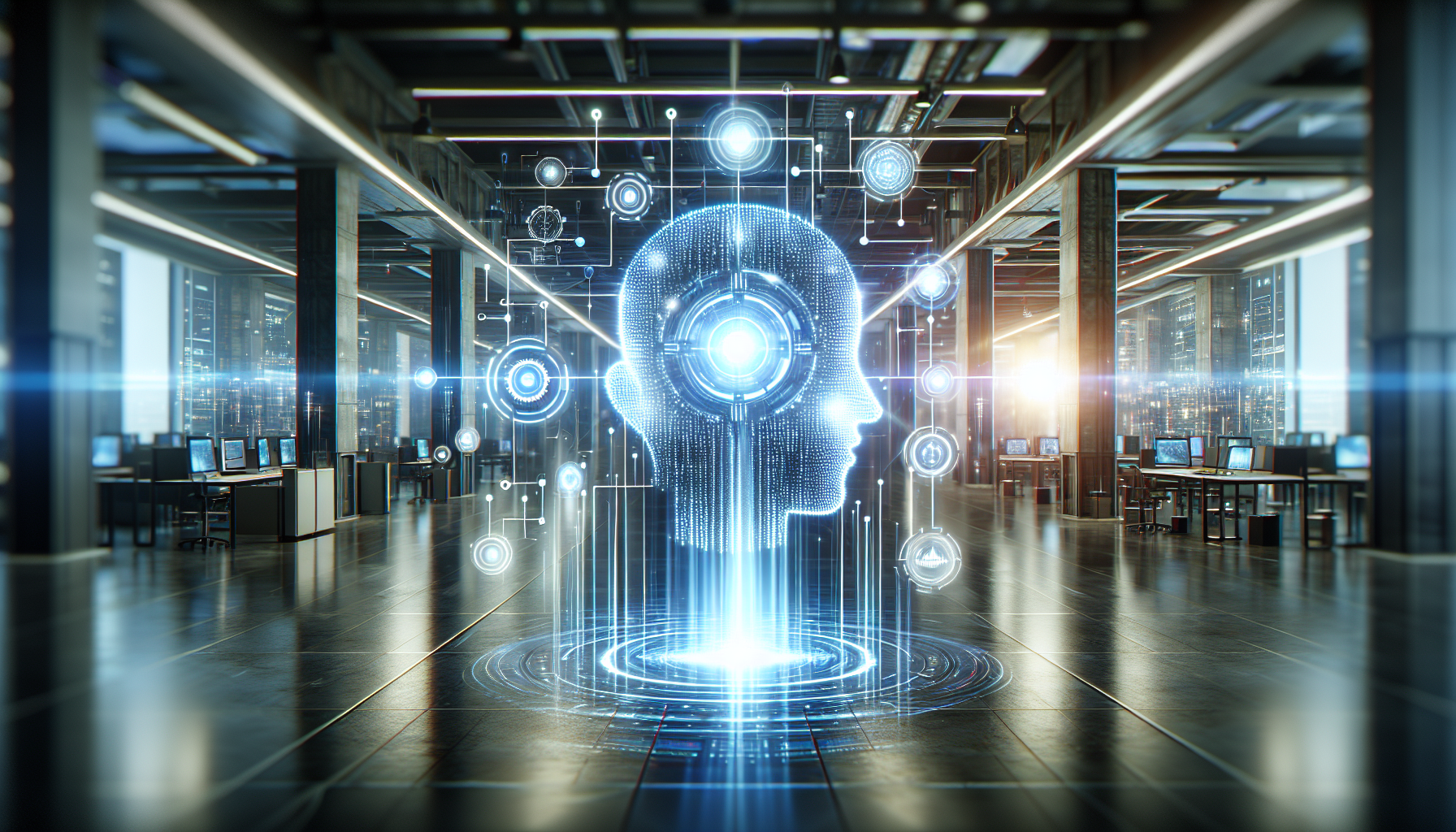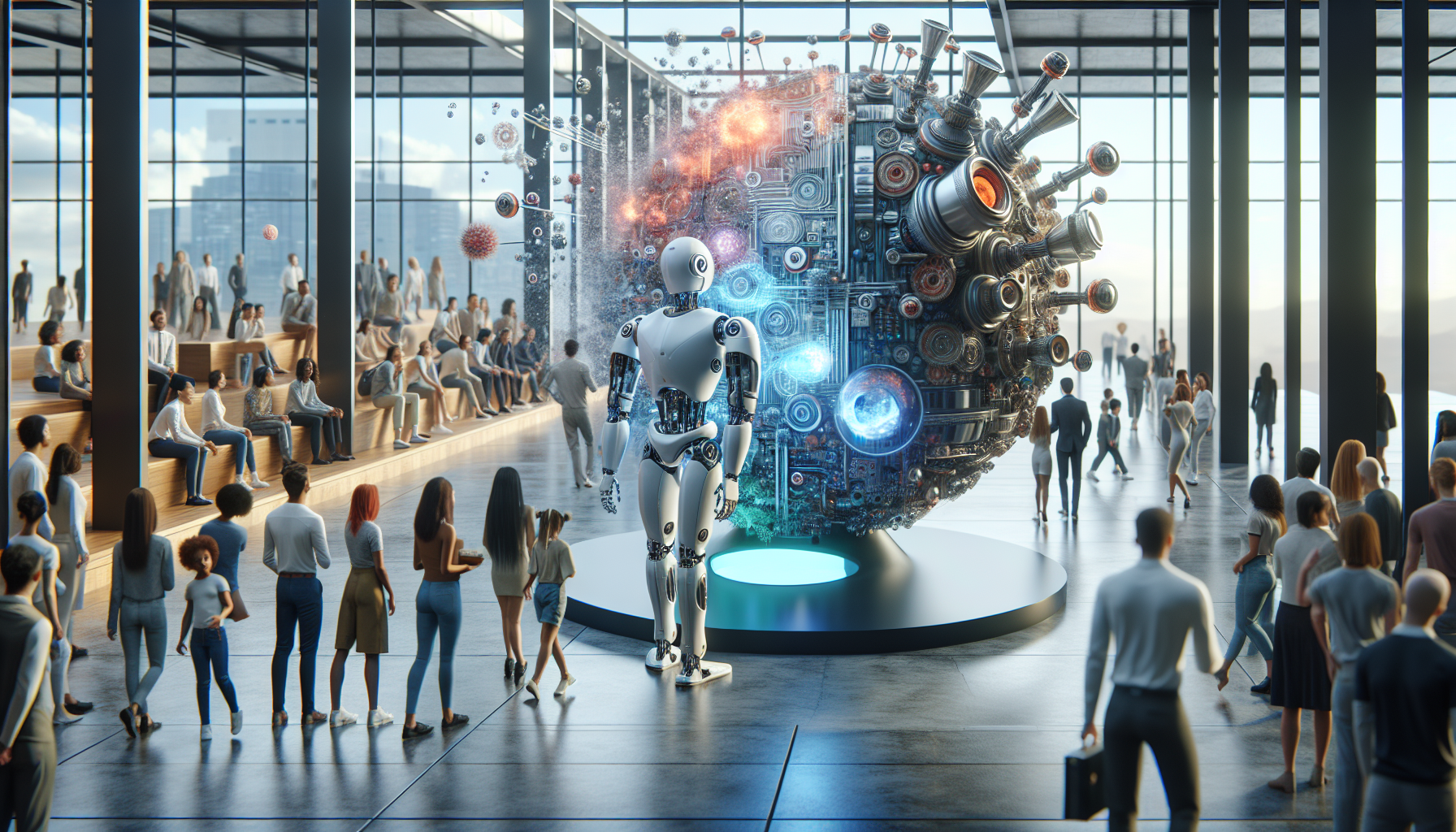
AI and IoT: A Comparative Analysis of Two Technological Titans
November 9, 2025
The interconnection of Artificial Intelligence (AI) and the Internet of Things (IoT) represents a formidable pairing in the digital age. While each has independently revolutionized various sectors, their convergence is fostering unprecedented innovation and efficiency. This article delves into the comparative aspects of AI and IoT, exploring how their integration forms a symbiotic relationship that enhances functionality and decision-making across industries.
At its core, AI refers to the simulation of human intelligence in machines programmed to think, learn, and adapt like humans. From natural language processing to autonomous vehicles, AI applications are diverse, addressing complex problems with precision and speed. On the other hand, IoT encompasses a network of interconnected devices that collect and exchange data to optimize processes and enhance user experiences. Smart homes, wearable health monitors, and industrial sensors illustrate IoT's pervasive influence.
A fundamental synergy exists between AI and IoT, transforming raw data into actionable insights. While IoT devices gather massive amounts of data, AI processes and analyzes this information to deliver intelligent outputs. This data-centric approach elevates IoT from mere connectivity to a more dynamic, predictive system. Consider smart cities: IoT sensors might collect data on traffic patterns and environmental conditions, but it is AI that analyzes these datasets to predict congestion, reduce emissions, and optimize resource allocation.
A comparative analysis reveals that AI enhances IoT functionality by imparting cognitive capabilities. AI-driven IoT systems can identify patterns, learn from data inputs, and make autonomous decisions, thereby amplifying the IoT's operational efficiency. For instance, in manufacturing, IoT devices monitor machine performance and environmental conditions, while AI algorithms anticipate equipment failures and suggest maintenance schedules, minimizing downtime and reducing operational costs.
Conversely, IoT enhances AI applications by providing a continuous influx of real-time data, essential for training and refining AI models. The vast amount of data collected by IoT devices enables AI systems to improve accuracy and adaptability. In healthcare, wearable IoT devices track patient vitals, generating data that AI uses to predict health issues and suggest personalized treatment plans. This integration leads to more accurate diagnostics and proactive healthcare delivery.
Despite their complementary nature, the convergence of AI and IoT presents certain challenges. Data privacy and security remain paramount concerns. The aggregation of sensitive information by IoT devices, coupled with AI's powerful data processing capabilities, raises potential risks of data breaches and unauthorized access. Ensuring robust cybersecurity measures and regulatory compliance is essential to address these vulnerabilities.
Another challenge lies in the complexity of integrating AI and IoT systems, which often require specialized knowledge and substantial investment. Organizations must navigate technical hurdles related to interoperability, data management, and network infrastructure. A strategic approach, emphasizing collaboration between AI and IoT experts, is crucial to overcoming these obstacles and realizing the full potential of this technological union.
AI and IoT have also spurred ethical debates surrounding automation and employment. As AI-powered IoT systems become more autonomous, there is a growing concern about job displacement and the need for workforce reskilling. Industries must balance technological advancement with social responsibility, ensuring that human talent is not marginalized in favor of automation.
Nevertheless, the integration of AI and IoT holds transformative potential for a wide range of applications. In agriculture, smart sensors and AI-driven analytics optimize irrigation and crop management, enhancing yield and resource efficiency. In retail, IoT-powered inventory systems combined with AI algorithms personalize shopping experiences, predicting consumer preferences and streamlining supply chains. Such applications demonstrate how the intersection of AI and IoT can drive innovation and improve quality of life.
As AI and IoT continue to evolve, their convergence will likely redefine how we interact with technology and the world around us. The key to harnessing their full potential lies in addressing challenges, fostering collaboration, and prioritizing ethical considerations. How will industries adapt to this technological shift, and what new opportunities will emerge from this dynamic interplay? Exploring these questions may reveal insights that guide the future of AI and IoT, shaping a world where intelligent systems and interconnected devices work harmoniously to benefit society.


